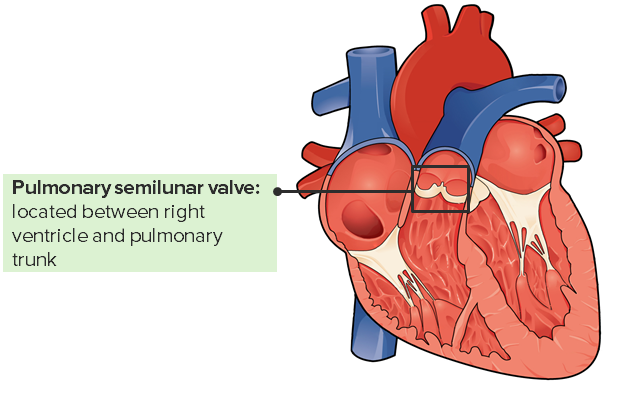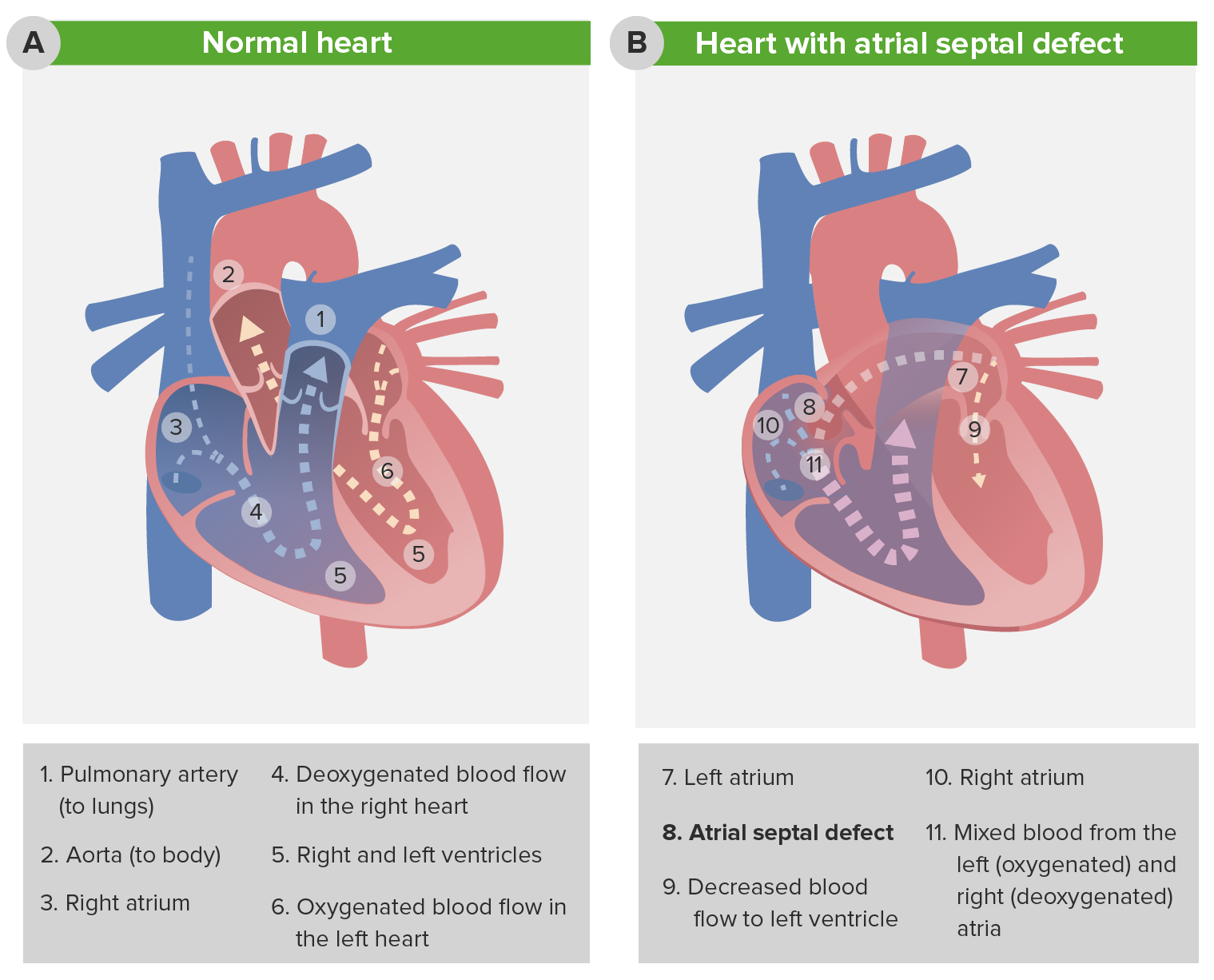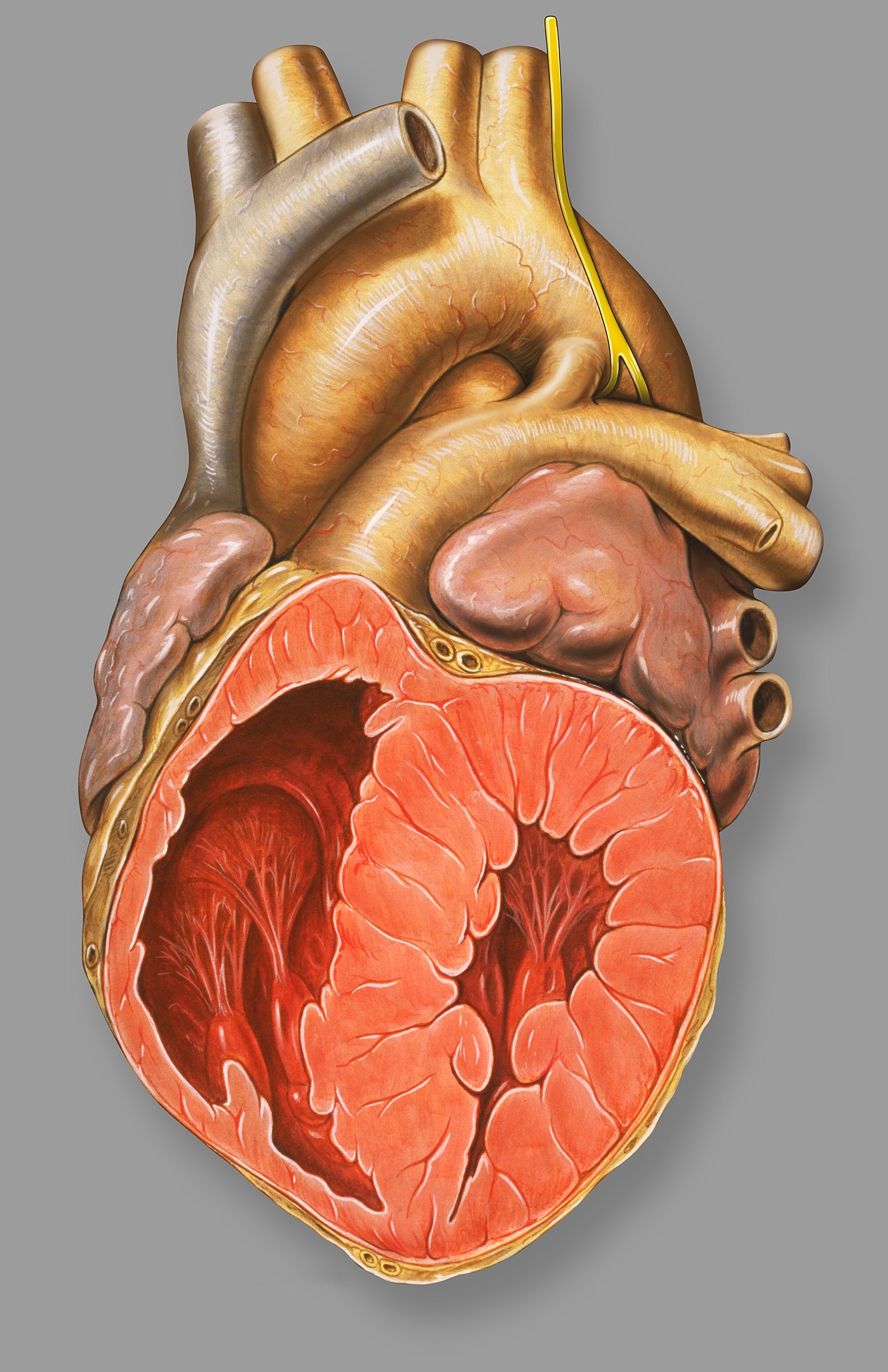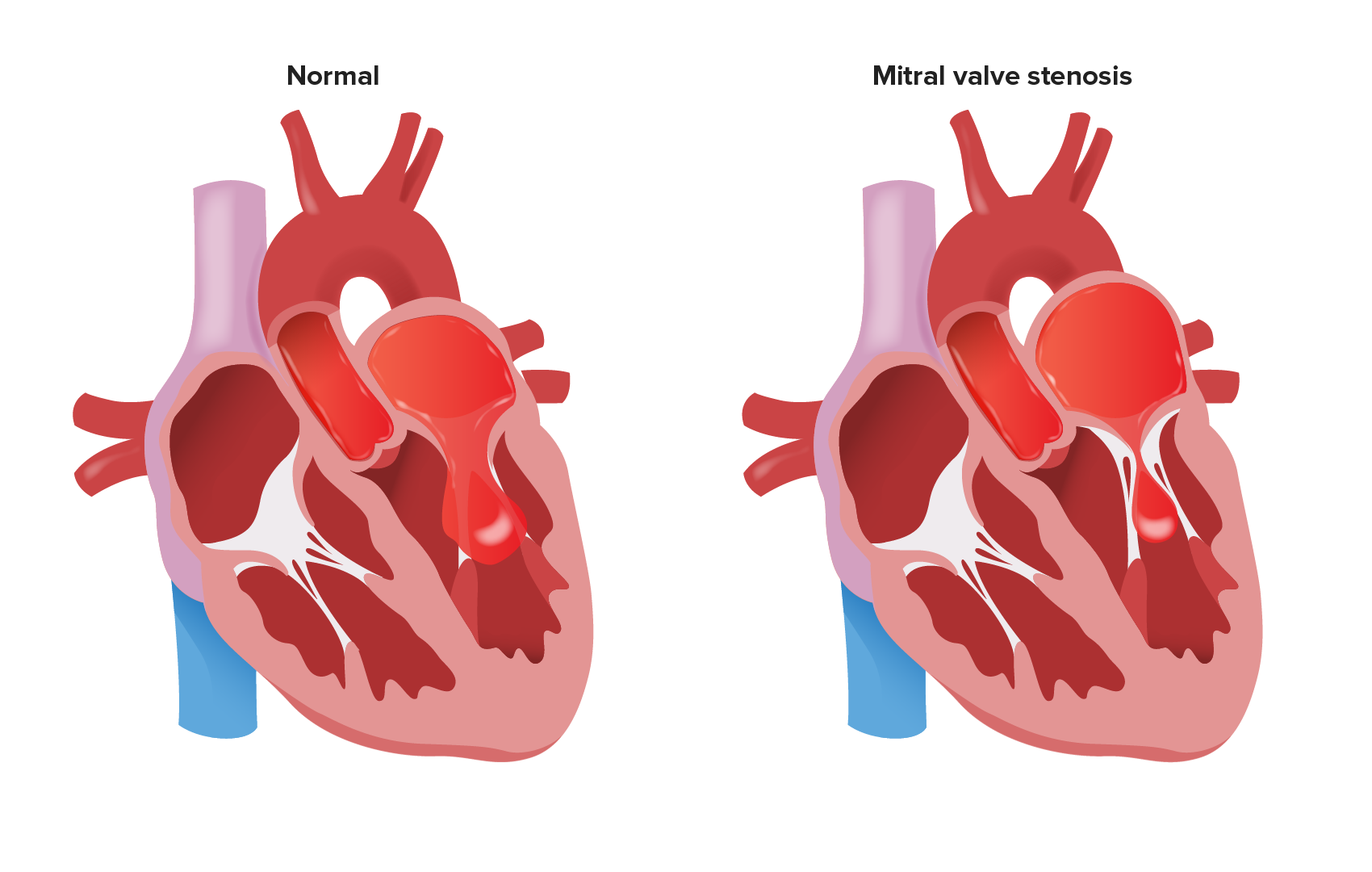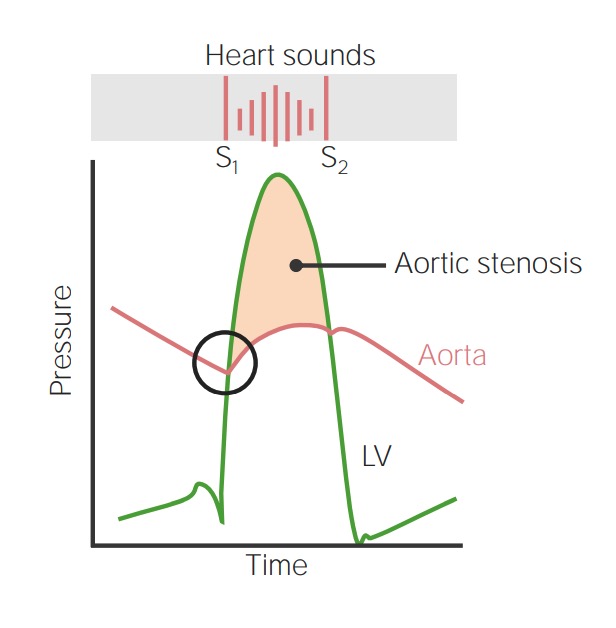Playlist
Show Playlist
Hide Playlist
Classification – Congenital Heart Disease
-
9 Lecturio Congenital Heart Disease DLM v001.pdf
-
Download Lecture Overview
00:05 Hello, I'm Joseph Alpert and I'm going to give you a brief review of congenital heart disease. 00:12 I'm an adult cardiologist so I only get to see these diseases when the pediatric specialist who really focus on this form of heart disease have either missed the diagnosis in childhood or the patient lived in an environment where they didn't get to see a pediatric cardiologist. 00:29 And consequently, arrived to adult life with the disease or we see patients who've had operative correction of congenital heart disease but continue to have some problems because of the disease. 00:41 I'm not going to do an exhaustive review of this. 00:43 There are huge textbooks written on this, just this one area but I'm gonna give you a quick feel for congenital heart disease particularly the ones that we see in adults. 00:55 Again, very briefly, let's review the anatomy. 00:58 Remember, the left ventricle pumps out the aorta, out the aortic valve into the aorta, circulation passes around through the tissues of the body, comes back through the large veins to the right atrium, passes into the right ventricle out into the pulmonary artery, back to the left atrium, back to left ventricle. 01:20 So, you can imagine there are all kinds of problems that can occur in this very complex structure. 01:26 There can be holes in the heart, there can be obstructions to outflow. 01:31 For example, the valves are misshapen. 01:33 There's--you can even have the ventricles switched so that the left ventricle is pumping to the pulmonary arteries and the right ventricle is pumping into the aorta. 01:41 These are all problems that occur in embryonic life, that is in the development of the fetus, and often, they are the result of either infections that occurred during pregnancy or drugs that were taken during pregnancy, or of course, hereditary. 01:56 Congenital heart disease is the result of an abnormal development of the heart in some fashion. 02:04 It occurs in embryonic life. 02:06 It may be the result of an embryonic infection. 02:09 For example, with a virus or it may be, of course, a hereditary factor. 02:14 There are a number of different forms of congenital heart disease. 02:18 Most of these are identified by the pediatric cardiologist and are cared for early in an individual's life. 02:26 Some individuals are discovered for the first time as adults but nevertheless, that' usually thought of as somehow a failing for the patient to get the diagnosis made early on and this can be the result of, for example, poor healthcare early in life. 02:44 The patients are cared for by pediatric cardiologist often in conjunction with adult cardiologist in special clinics that are geared exactly to the long-term follow up of these individuals, most of whom have minimal disability following successful correction. 03:01 There is a group, the group with cyanotic congenital heart disease, however, that continue to have problems. 03:07 So, there are a number of different forms of congenital heart disease. 03:11 One is the obstructive form. 03:12 For example, one of the valves is stuck and we're gonna talk a little bit about that. 03:17 We already mentioned that in aortic stenosis, that the bicuspid aortic valve can become stuck so that instead of having a three-leaftlet aortic valve, you have have a two-leaflet valve that can become stenotic or stuck in mid-life. 03:33 We'll talk more about that when we talk about valvular heart disease in one of the subsequent lectures. 03:39 There can be other obstructions. 03:41 For example, the pulmonic valve can be misshapen. 03:44 So, there's stenosis in the pulmonic valve, putting an extra workload on the right ventricle. 03:49 So, those are obstructive lesions. 03:51 You can also have holes in the heart. 03:54 For example, instead of there being a clear wall between the two atria, the right and left atrium, you can have a hole there. 04:03 For example, that's called an atrial septal defect. 04:06 Septum is the wall between the two atria. 04:09 You can have a hole in the wall between the right ventricle and the left ventricle. 04:13 That's a ventricular septal defect. 04:15 So, there are diseases in the--with holes in the heart that lead to increased blood flow to one of the ventricles. 04:26 We'll talk more about that in a moment. 04:28 There are congenital heart disease lesions that occur that actually decrease pulmonary blood flow. 04:34 Often, these are complication of one of the lesions where the hole in the heart, that is the atrial septal defect or the ventricular septal defect leading to increased blood flow in the heart. 04:47 This stimulate increased resistance in the lung and eventually, the blood flow reverses instead of going from left to right, it goes from right to left. 04:59 Patients are often cyanotic and blue. 05:01 That's a severe complication of congenital heart disease, so called cyanotic congenital heart disease. 05:06 Sometimes, individuals are actually born with cyanotic congenital heart disease that requires urgent surgery in early childhood. 05:14 So, here you see listed all of the lesions that can occur. 05:19 You'll notice that they are broken down into acyanotic, that is where the patient is pink, and cyanotic, that is where the patient is blue. 05:27 You can see on the left-hand side in the acyanotic group, the atrial septal defect, the hole in the atrial septum, ventricular septal defect, the hole in the ventricular septum, patent ductus ateriosus, remember, that's the connection between the pulmonary artery and the aorta that enables blood flow during fetal life to go from the right to the left side because the lungs are not working. 05:51 And then you can have a special form in which there's a ventricular septal defect and an atrial septal defect, known as the AV canal. 05:58 And then you see the obstructive lesions: coarctation of the aorta, that's a mark narrowing in the aorta, aortic stenosis, and pulmonic stenosis. 06:07 And when we look at the cyanotic lesions, there's something called Tetralogy of Fallot. 06:12 That's four different lesions, usually a ventricular septal defect, pulmonic stenosis, and some rearrangement in the anatomy of the right ventricle and the aorta. 06:22 Tricuspid atresia means that the tricuspid valve is missing. 06:26 That is usually associated with an ASD so that the blood shunts, it doesn't get into the right ventricle but shunts across the-- defect into the left ventricle, or left atrium and then into the left ventricle. 06:37 And then, there are a variety of rarer forms in the final column: transposition of the great arteries where, as I said before, the aorta comes off the right ventricle and the pulmonary artery comes off the left ventricle, and a number of lesser common things, truncus arteriosus. 06:54 These are quite rare but they are worth just mentioning as complex congenital heart disease that's almost always corrected in childhood because otherwise, they would be fatal in early childhood.
About the Lecture
The lecture Classification – Congenital Heart Disease by Joseph Alpert, MD is from the course Cardiac Diseases.
Included Quiz Questions
Which one of the following is considered a congenital cyanotic heart disease?
- Tetralogy of Fallot
- Marfan syndrome
- Cardiomyopathy
- Pericardial effusion
- Cardiomegaly
Which of the following allows blood to bypass the pulmonary circulation during fetal life?
- Ductus arteriosus
- Ventricular septum
- Atrial septum
- Atrioventricular canal
- Truncus arteriosus
Which heart disease mainly causes obstruction to blood flow from the left ventricle?
- Aortic stenosis
- Patent ductus arteriosus
- Atrial septal defect
- Transposition of great arteries
- Truncus arteriosus
Customer reviews
5,0 of 5 stars
| 5 Stars |
|
2 |
| 4 Stars |
|
0 |
| 3 Stars |
|
0 |
| 2 Stars |
|
0 |
| 1 Star |
|
0 |
It is a comprehensive introduction, which makes it easier to follow along. I like how he explains every term he mentions. It made it much easier to understand, and I didn't need to google everything he mentioned.
I find the instruction and examples beneficial. Dr. Alpert is clear and does not complicate a difficult subject.

